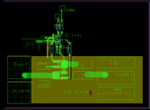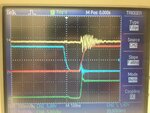schmitt trigger
Advanced Member level 5

"There are probably newer seminar papers covering the same topic."
Most likely true.
However, there is something to be said about the old Unitrode app notes...they were classics.
Most likely true.
However, there is something to be said about the old Unitrode app notes...they were classics.




